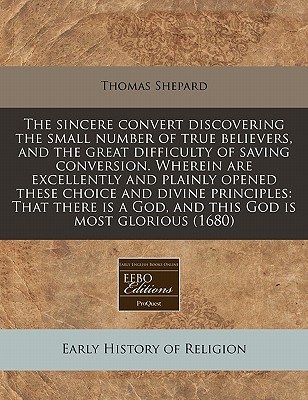The Story of a Tie: From Utility to Symbol of Status
The Story of a Tie: From Utility to Symbol of StatusThe tie, a simple piece of clothing, has come a long way from its humble beginnings as a functional garment to its current status as a powerful symbol of status and identity. This transformation is not just about fashion; it reflects broader social and cultural changes throughout history.Once seen as merely a means of keeping one's shirt collar standing, the tie has evolved into an expression of individual taste and status. From the intricate patterns and colors to the material and knot, each element of a tie communicates a message about its wearer.The journey of the tie is thus not just about fashion; it is about the intersection of culture, society, and personal identity. How the tie has transformed over time is a story that speaks to the broader changes taking place in our world, highlighting the role it plays in defining our identities and perceptions of status.
In the early 20th century, the humble tie began to transform from a functional piece of clothing to a symbol of status and power. This shift in perception was driven by a number of factors, including the rising popularity of formal wear, the influence of fashion icons, and the need for self-expression.

The history of the tie can be traced back to the 17th century when it was first introduced as a means of keeping warm. It was not until the late 19th and early 20th centuries, however, that the tie began to be seen as more than just a practical garment. The rise of the corporate world and the need for men to distinguish themselves from their subordinates led to the development of a variety of tie styles, each with its own unique meaning.
For example, the Windsor knot, which was first introduced in the 1920s, was seen as a symbol of authority and elegance. This knot was popular among businessmen and politicians because it gave the appearance of being both powerful and well-dressed. Similarly, the Plait knot, which was first introduced in the 1930s, became associated with formality and tradition.
The material of the tie also began to carry symbolic meaning. Silk ties were seen as a symbol of luxury and wealth, while cotton and linen ties were associated with a more casual, relaxed style. The color of the tie also became important, with different colors representing different personality types or career fields.

The rise of the tie as a symbol of status was furthered by the influence of fashion icons and celebrities. Men such as Ernest Hemingway and James Dean made the tie a fashionable accessory that was not only practical but also a way to make a statement about one's personality and lifestyle.
Today, the tie has become an integral part of both business and social attire. It has evolved from being a purely functional piece of clothing to a symbol of status, power, and individual expression. The choice of tie, whether it be the color, material, or style, has become a reflection of one's values and personality.
In conclusion, the story of the tie is not just about its evolution from utility to symbol of status. It is also about the role it has played in shaping men's fashion and identity over the years. The tie has managed to strike a balance between functionality and aesthetics, practicality and symbolism, which has made it a timeless piece of clothing that continues to evolve with changing times.

Articles related to the knowledge points of this article::
Title: The Magic of a Non- detachable Tie
Title: The Evolution of the Tie Factorys QQ Platform: A Digital Transformation Story
Title: Craftsmanship at the Helm: The Unrivaled Quality of the Carpentry Tie Factory
Title: Inventory Management: The Count of Ties in a Tie Factory



